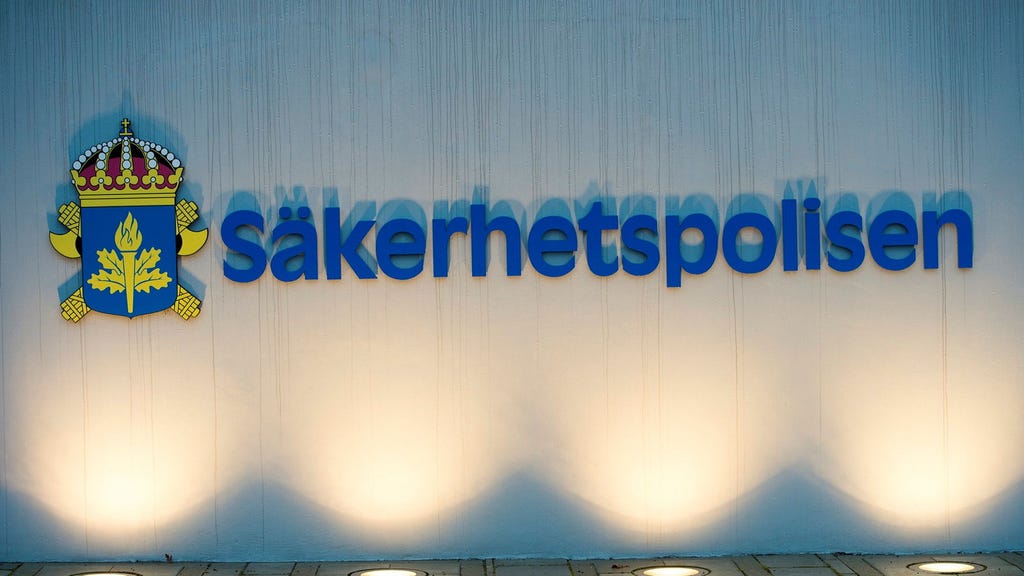This news clipping from Dagens Nyheter, dated January 25, 2025, reports the arrest of a man by the Swedish Security Service (Säpo) for offenses against the ”central government leadership.” The specific charge is ”grossly unlawful threat.” This brief snippet of information immediately raises several critical questions. What exactly constituted the threat? What actions did the man take that prompted such a serious charge? Who within the central government was the target of this threat? Was it directed at a specific individual or the leadership as a whole? The article unfortunately provides no answers, leaving the details of the incident shrouded in mystery. This lack of information underscores the delicate balance between national security concerns and the public’s right to know.
The gravity of the charge, ”grossly unlawful threat,” suggests a serious and credible threat to the stability of the Swedish government. Swedish law defines this crime as a threat of violence or other harmful action against a high-ranking government official or the government itself, with the intent to disrupt or overthrow the constitutional order. This charge implies that the man’s actions went beyond mere rhetoric and represented a concrete danger to the functioning of the state. The involvement of Säpo, the agency responsible for protecting Sweden’s national security and combating terrorism, further emphasizes the seriousness of the situation. Their involvement indicates a potential threat to national security, raising concerns about potential motives ranging from political extremism to individual grievances.
The timing of the arrest also adds a layer of intrigue. Occurring within the political landscape of 2025, the incident could be linked to various potential factors, such as societal unrest, political polarization, or even external influences. The article’s brevity prevents any speculation about the context surrounding the arrest, but it underscores the importance of understanding the broader political climate in which this event transpired. Without further information, the public is left to speculate about the motivations behind the man’s actions and the potential consequences for Swedish politics.
The remainder of the clipping focuses on subscription offers for Dagens Nyheter rather than providing further details about the arrest. This abrupt shift from a serious news item to a subscription pitch is jarring and leaves the reader wanting more information. It highlights the tension between journalistic responsibility to inform the public and the commercial pressures faced by news organizations. While the newspaper is understandably trying to increase readership, choosing to truncate such a significant news story in favor of a subscription appeal raises questions about editorial priorities.
The lack of information surrounding the arrest underscores the challenges associated with reporting on matters of national security. While transparency is crucial in a democratic society, there’s a need to balance that transparency with protecting sensitive information related to ongoing investigations. Prematurely releasing details could compromise the investigation and potentially endanger individuals involved. However, the lack of information also creates a vacuum that can be filled by speculation and misinformation. It is essential for authorities to provide timely and accurate information to the public, ensuring a balance between safeguarding national security and the public’s right to know.
In conclusion, the Dagens Nyheter clipping provides a tantalizing glimpse into a potentially significant event impacting Swedish national security. The arrest of a man for grossly threatening the central government leadership raises serious concerns about the stability of the political landscape. However, the article’s brevity leaves many unanswered questions about the nature of the threat, the individual’s motivations, and the potential implications for the Swedish government. The abrupt shift to a subscription offer further underscores the tension between journalistic responsibility and commercial pressures. Moving forward, a more comprehensive account of the incident, respecting the balance between national security and public information, is crucial to understanding the full scope of this event.














